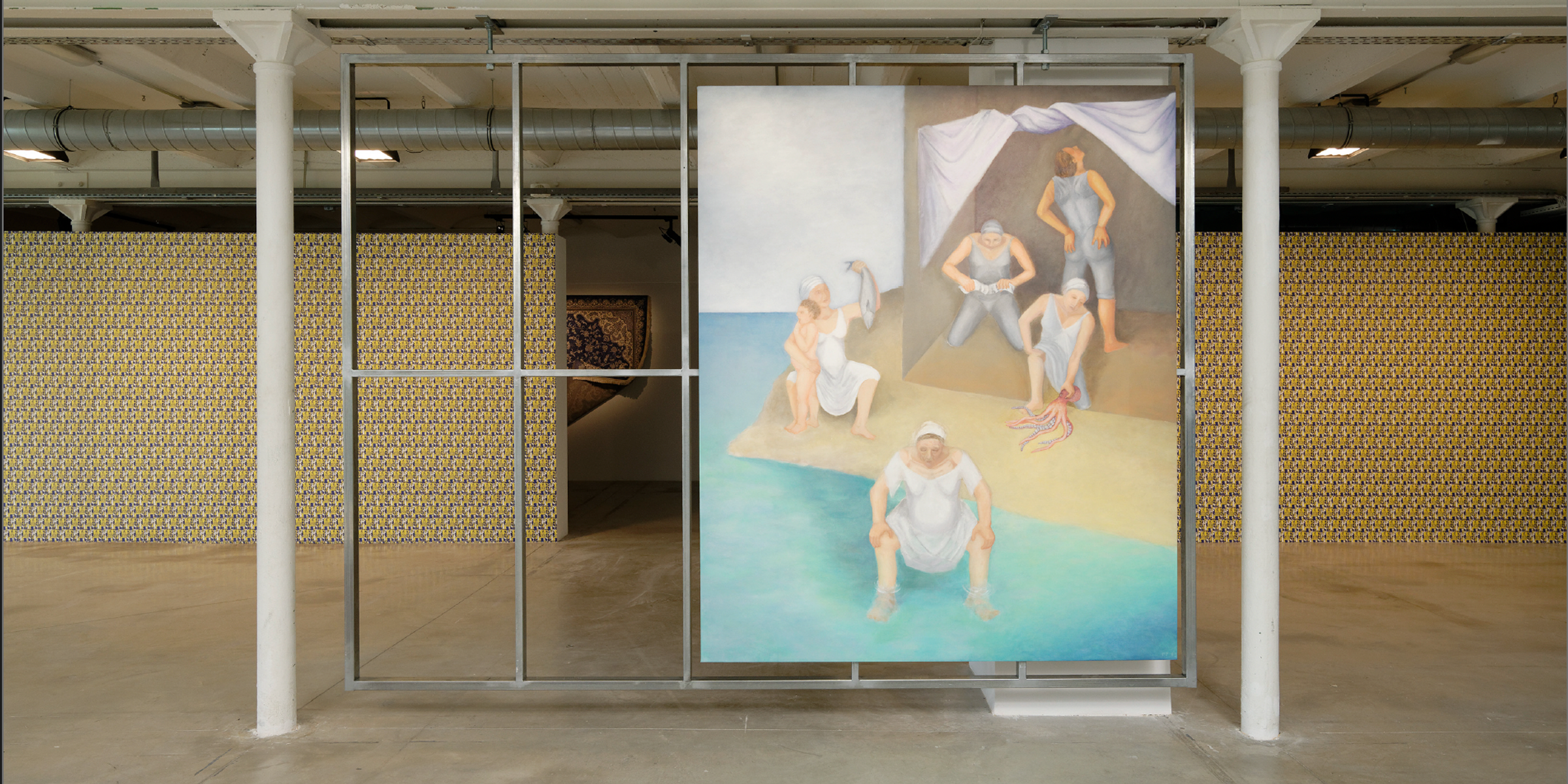
The Function of Language: Notes on a Crisis
Natasha Marie Llorens is a Franco-American curator and writer, professor of art theory at the Royal Institute of Art in Stockholm, and co-director of the Center for Art and the Political Imaginary. Llorens visited Stavanger in 2023 as a CAS Resident in Art Writing, bringing with her current research on philosophies of violence and de-colonial curatorial practices in contemporary art. In the below text, she grounds herself in these theories while grappling with the the necessity of language and its inherent violence. While recognizing the scientific language often applied to art as violent, she points out that to claim that art has ever existed outside of rhetorical structures is "an inexcusable depoliticization of art," and questions how we as writers can ethically continue our work.
- EN
- 29 May 2024
- Essay


